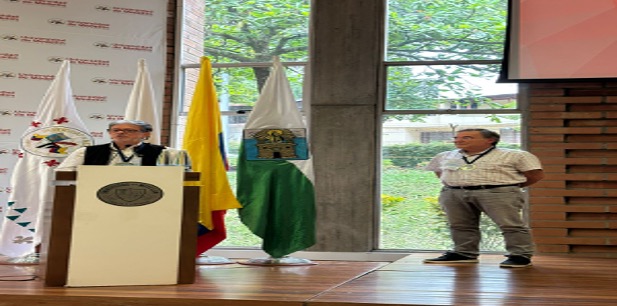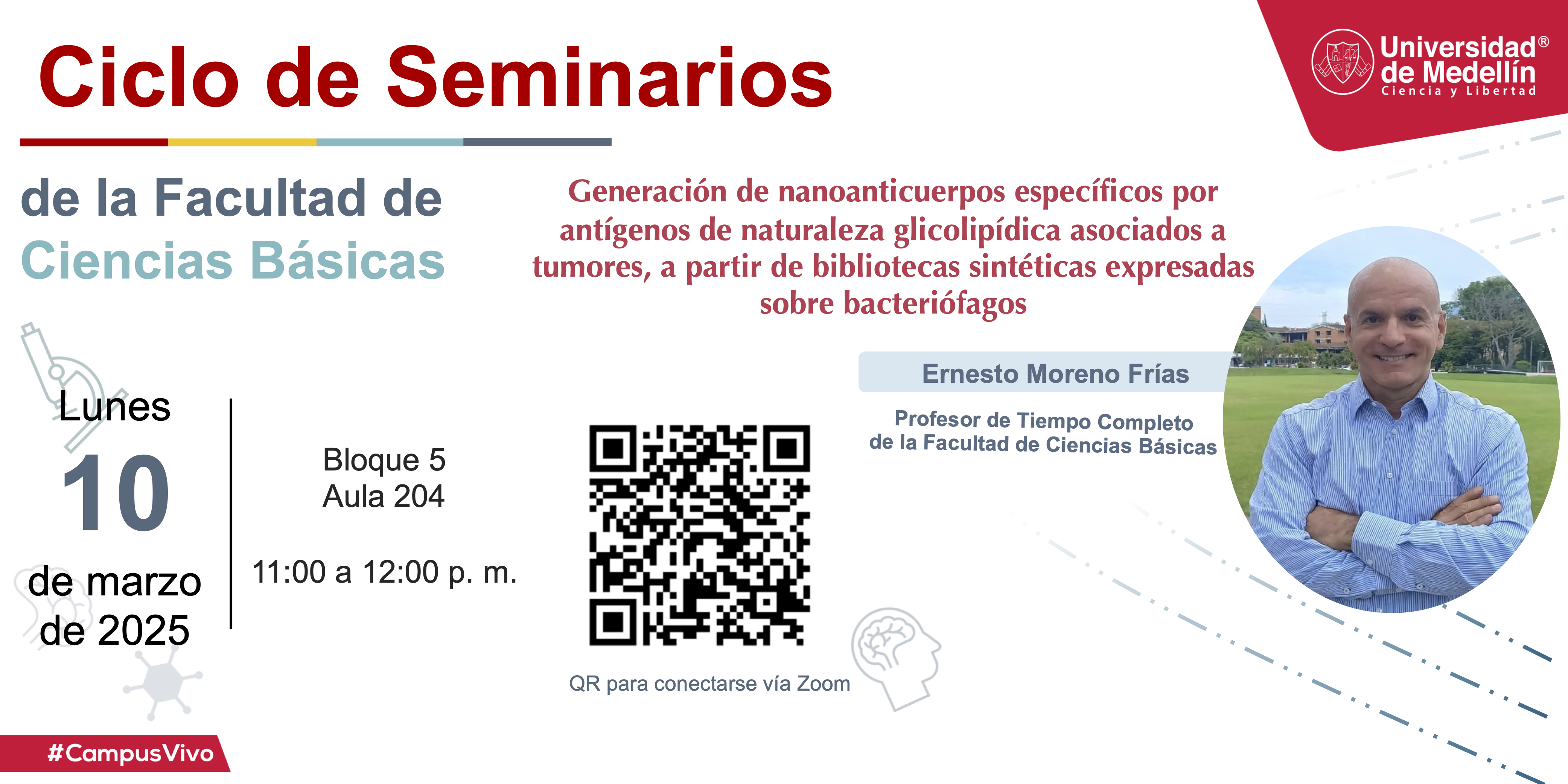El día lunes 27 de Mayo, tendremos el último seminario de este semestre como parte del CICLO DE SEMINARIOS DE LA FACULTAD DE CIENCIAS BÁSICAS. En esta ocasión contamos con la participación del profesor investigador Juan Manuel Flórez Uribe (UTFSM, Chile) quien nos contará sobre:
TÍTULO: Searching for two-dimensional multiferroics: from perovskites to Van der Waals materials
LUGAR: Auditorio 2 del Bloque 11
FECHA: LUNES 27 de Mayo
HORA: 4pm-5pm
Abstract:
First-principles/many-body based statistical learning and data-driven methods have opened up new opportunities for discovering new materials with at least two order-parameters:
¿How can we automate simulations in 2D systems in the search for systems conducive to the existence of ferroic order parameters such as magnetism and ferroelectricity?
Let’s work on this question by using two scopes: 1) in transition metal oxides, the simulation of layered perovskites. 2) In van der Waals materials, the simulation of sliding multilayers. We will discuss how to perform high-throughput calculations by using workflows and NoSQL databases such as FireWorks and MongoDB. These computational tools are integrated into a materials informatics-like scheme by using atomate in a CPU-based framework that allows us to characterize the magnetic and ferroelectric degrees of freedom for strain-based adiabatic paths.
On the other hand, what about the role of the oxygen during the synthesis of TM multiferroics!
Let’s us consider PLD methods and the synthesis of nanostructured oxides: we will show how to use formation energies based Monte Carlo simulations as implemented at home to model ferroic order-parameters in systems with stoichiometries depending on the deposition oxygen-pressure.
Finally, ¿can we generate robust multiferroics by tuning the oxygen content in solid-solutions?
Let’s us consider perovskite systems with different number of oxygen-vacancies, TM and magnetic symmetries. By using high-throughput calculations implemented at home for a large number of deficient systems and oxygen-migration adiabatic paths, we will show that electric polarizations emerge for a variety of symmetries and compositions of the magnetic oxides. Such electric and magnetic polarizations comfort a new type of multiferroics.






